This post may contain affiliate links which means we may get a commission if you make a purchase at no additional cost to you. As an Amazon Associate we earn from qualifying purchases. Please read our disclosure for details.
"Each product we feature has been independently selected and reviewed by our editorial team. If you make a purchase using the links included, we may earn a commission."
There is something magical about standing at the highest point in Africa and at the top of the highest freestanding mountain in the world. However, even to avid hikers, no packing list is the same, and the Mount Kilimanjaro packing list is no exception.
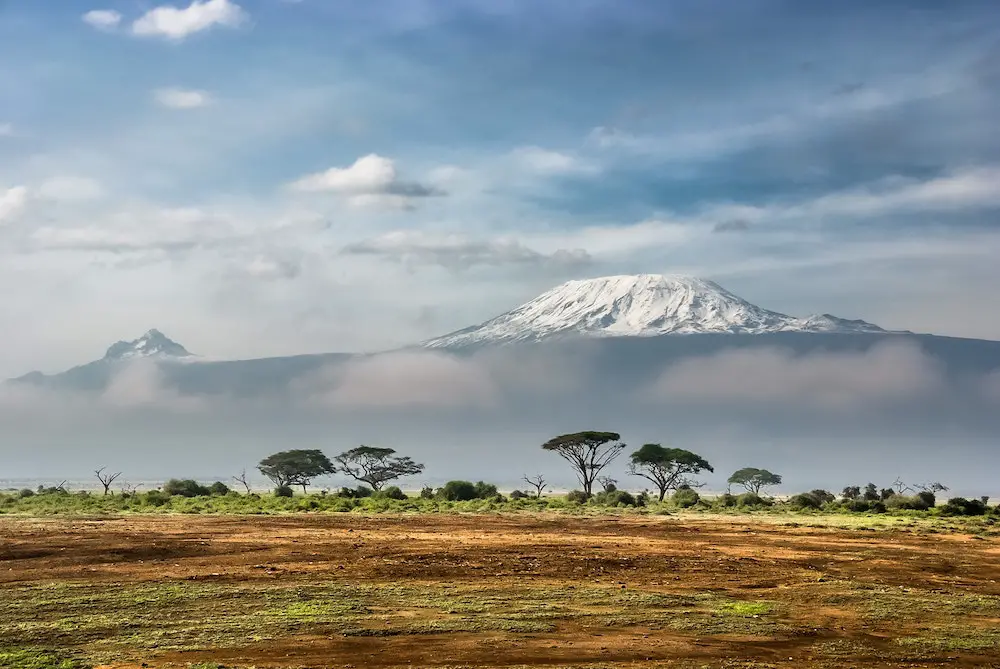
This article will take you through what to pack for Mt Kilimanjaro, provide tips and vital information to keep you warm and make your trip enjoyable.
Weather in Kilimanjaro
Kilimanjaro is situated close to the equator, and there are only two seasons – dry and rainy seasons. The weather on Mount Kilimanjaro varies, and the temperature can range from hot to extremely cold.
Traversing from the bottom to the summit is like taking a journey from the equator to the North Pole in just a matter of days.
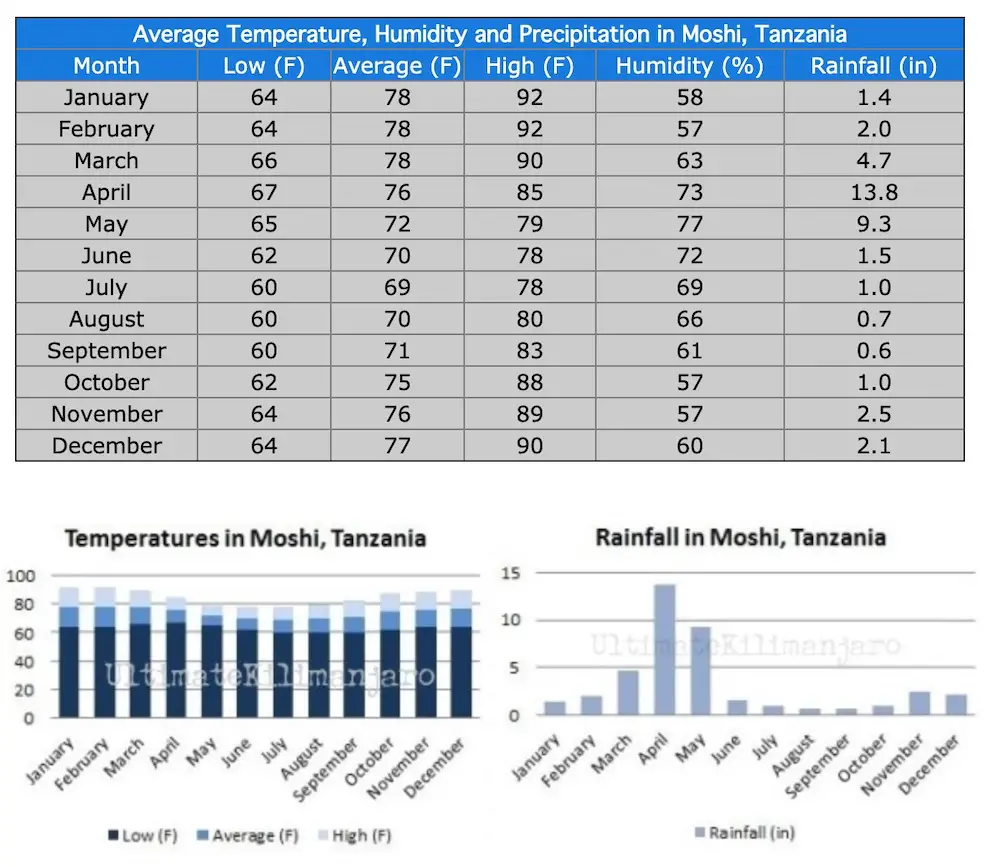
The temperatures keep changing as you weave through the routes to Uhuru Peak, the highest point of the mountain, across different ecological zones. Moshi for instance, one of the gateway towns, from where most climbing excursions begin, averages between 70°F to 80°F (21°C to 27°C). While at Uhuru point, the temperatures can range between 20°F and -20°F (-6°C to -29°C).
As stated above, you will most likely have to go through different weather. So, assuming you will be climbing during the dry season, which is highly recommended, you will need to prepare for the change in weather.
Related Content | Top 10 Tourist Attractions in Africa
The Ultimate Kilimanjaro Packing List: What Should I Pack?
The good news is, Kilimanjaro treks come as organized tours, so you will have guides and porters to carry most of your stuff. Unfortunately, they can only take a maximum of 44 Ibs (20 kg), so you have to pack light, as compact as possible, and choose your gear carefully.
Basically, you will need to split your baggage into two. A small day bag where you will only carry essentials and the main luggage which the porter will carry is where you will pack your clothes and other gears like camping equipment. Keep that in mind as you plan to pack your items.
Let us get started with the most comprehensive Mount Kilimanjaro guide for what to pack to Tanzania.
Bags or Luggage
The weather on the mountain is different from the base and summit. Since you most likely will be staying in a hotel before and after the trek, you can pack clothes to cater to the trip and separate them from what you will wear after the hike (pre and post-hike).
Set aside the clothes you will wear before and after the hike on a different pile so you can easily pack it and not have to unpack your bags to get to it.
A duffel bag – is perfect for your trip, especially if it can be convertible into a backpack. You will use this high-quality duffle bag as the main bag and is the one the porter will help you carry.
A waterproof backpack – make sure it is sturdy enough to carry at least 3 liters of water, some snacks, and additional layers (a down jacket and a raincoat). You can also opt for a day pack with inbuilt water bladders if you do not want to bring a separate water bottle.
Clothing
The weather can be pretty unpredictable on the mountain, so it is wise to bring a couple of thick and thin layers of clothing so you can adjust accordingly when the weather changes.
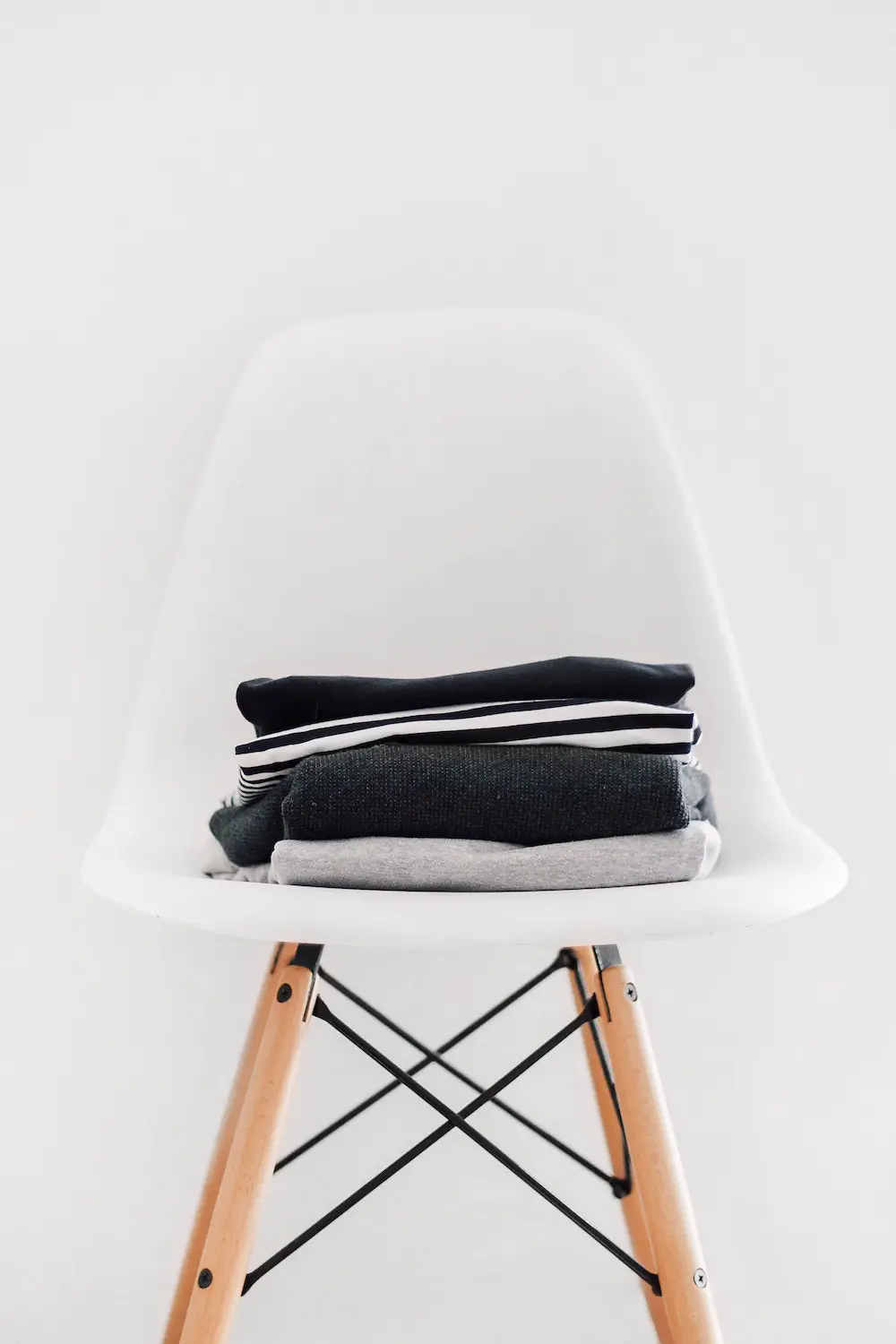
A trekking t-shirt – you can set aside at least two t-shirts to use while trekking and leave a few to wear once you have arrived at the base camp and after freshening up. There are no expected hygiene requirements on the mountain, and no one will judge you for that.
Regular shirt – you will need to wear something comfortable after trekking for hours, so a standard casual shirt would be perfect to wear at the camp.
Hiking pants – you will need at least two hiking pants; one should be warmer and thicker to cater to the higher elevated part of the trekking terrain.
Trekking boots – be sure to wear them a couple of times before the real hiking adventure just to break them in.
Waterproof pants – as you approach the summit, the weather is sometimes gloomy, and it will certainly rain at some point. These pants will keep you warm and dry.
Waterproof jacket – this will be very useful for the summit night. They keep you warm and prevent you from getting wet.
Trekking socks – if you are walking for several kilometers every day, your feet might become sweaty a bit. These trekking socks will absorb moist from your feet, keep them dry, and prevent blisters.
Warm socks – weather on the mountain can be bitterly cold. Bring a few pair of socks will keep your legs warmed up at night. You might also need them on the summit night.
Insulated jacket – down jackets are excellent insulators and are perfect for trapping the warmth. Also, this jacket is lightweight, and you can use them as base layers. Trusted brands like North Face or Gore-Tex will make all the difference.
Gloves – pack one mid-weight insulated pair and another thermally insulated pair for summit night.
Sun hat or head warmer – you can park two of these; a warm beanie made of merino wool to use at night. One that can cover your ears from cold and another one with a brim to use during sunny days and another that will offer UV protection.
Trekking poles – you might feel you have a lot of energy at the beginning of the hike. But as you progress and fatigue begin to kick in, you will be grateful you armed yourself with good quality trekking poles. These trekking poles give your knees and legs some extra support.
A sleeping bag – the trekking company of your choice will probably provide you with a sleeping bag, but it is always wise to check with them ahead of time.
A micro-fiber towel – it should be portable and lightweight. These towels include two sizes, a carrying bag, and a clip, and an outstanding option for any outdoor activity that requires a sleepover.
Shoes – after trekking for miles tossing those hiking books will be a relief, and comfortable sneakers or sandals you can easily slide on will make all the difference.
Fleece jacket – this will keep you warm around the camp.
Long sleeve thermal top – these warm clothes made from specialty fabric will keep your body warm. Wearing these beneath your top layers will protect you from cold, especially at night.
Related Content | Explore Tanzania Travel
Tech and Kilimanjaro Gear
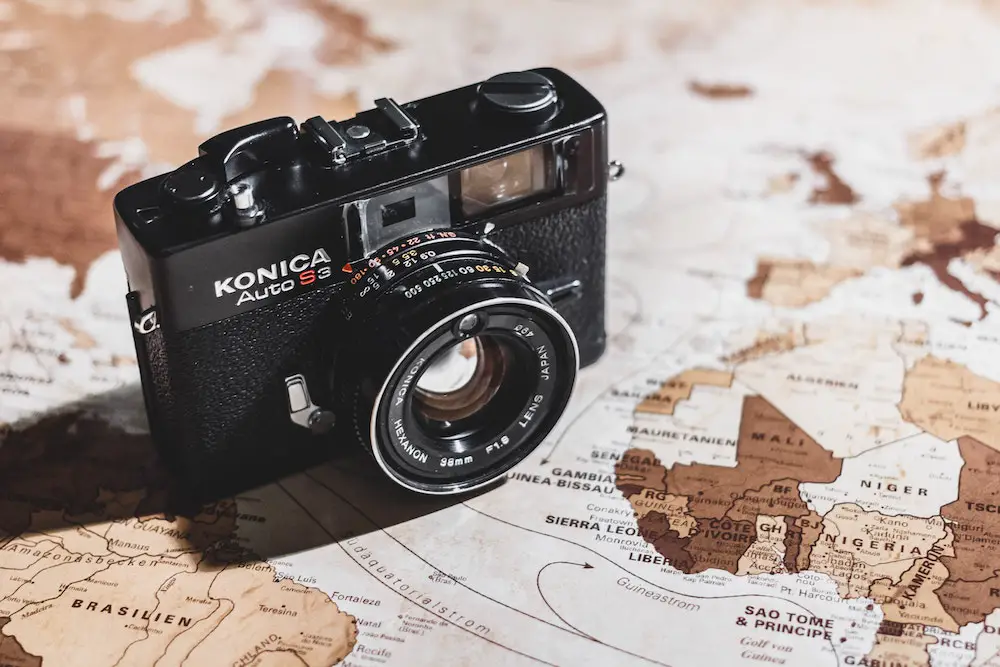
Portable solar power bank – you will need the proper equipment to charge your phone and camera during the climb. Extra spare batteries are great to start with, but even fully charged batteries will run low after a few days.
Solar power banks are impressive as all you do is strap the power cell on your daypack then charge your devices later in the evening.
A camera – your phone might not be the best gadget to capture excellent landscape photos. So a good camera will be a lifesaver in capturing those unforgettable memories.
A headlamp – this will come in handy on the summit night.
Related Content | African Safari Photography Tours
Documents and Details
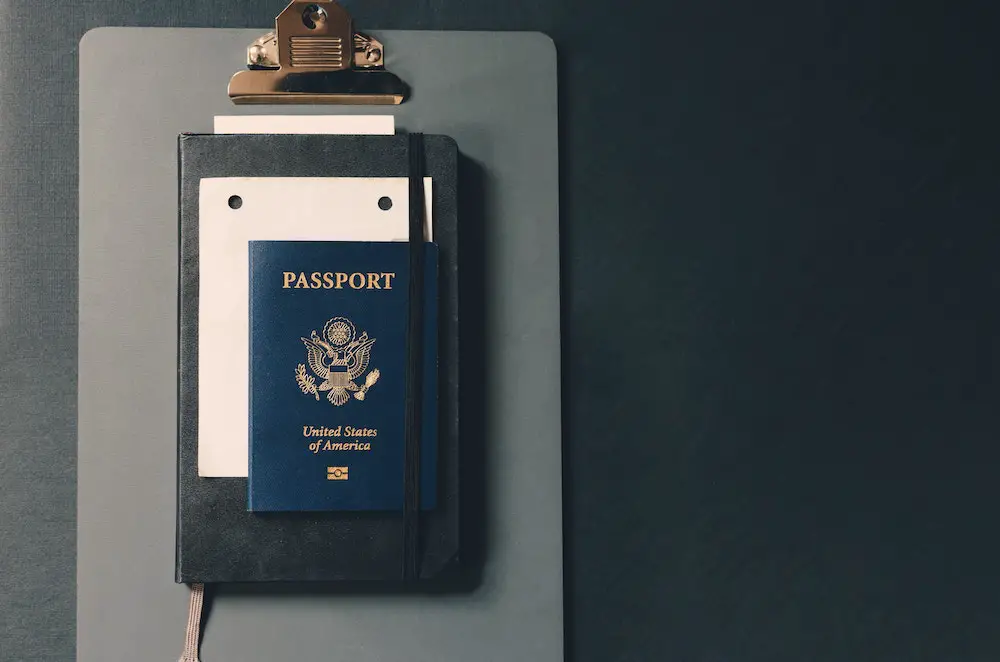
Your passport and a Tanzania visa (apply hassle-free at iVisa.com)
Travel insurance – it is strongly recommended to buy travel insurance to cover you as your health insurance may not available in other countries.
Other Important Items that Should be in Your Mt Kilimanjaro Packing List
Toothbrush and toothpaste
Skin moisturizer
Hand sanitizer
Sunscreen
Biodegradable wet wipes
Lip balm
Underwear
Medication
Toilet paper – it may not seem obvious, but you will be glad you had it.
Purification tablets – cooking and drinking water is fetched directly from rivers on the mountain. Though the water is boiled before use, you can use purification tablets if for the added safety, especially if your body usually is sensitive to unfamiliar food or drink.
Related Content | Safari Packing List for Tanzania
Women’s Packing List for Kilimanjaro

Remember, your Kilimanjaro list should include personal hygiene items like panty liners, tampons, and/or sanitary pads. If you are taking birth control tablets, be sure to have ample supply that entends your trip and back. You can also take a few makeups if you plan on exploring the rest of what Tanzania has to offer.
Related Content | Safest Places to Visit in Africa
Conclusion: Kilimanjaro Climb Packing List Post
So, there you have it! The Kilimanjaro climb packing list above covers all the essential items that you may need at the time of climbing. Of course, it is not exhaustive, and you are free to add other preferred items. Still, this packing list for Kilimanjaro climb has all the essentials and must-haves.
You can use it as a guide and check off one item at a time to make sure you pack all the things that will make traveling to Tanzania and hiking Kilimanjaro comfortable. This Kilimanjaro climb gear list has all the necessary items that you will need from the start of the Kilimanjaro hike till you climb the summit.
For other ideas on planning your trip, feel free to visit our Tanzania page. It will provide you insight on everything you need to know. From travel guides to near back countries to African national parks you can visit, and other generic packing lists.
We hope this post was helpful. If you enjoyed reading it, please take 30 seconds to share it on social media. Follow us to get up to date information and ask us any questions you have. We have also provided some answers to come commonly asked questions below for people planning to visit summit Mount Kilimanjaro.
Love it? Pin it!
Mount Kilimanjaro Packing List Frequently Asked Questions
Kilimanjaro Mountain is in Tanzania in East Africa.
You can rent most gear and equipment in Tanzania. A majority of hiking and camping equipment are provided by most tour providers. However, it is recommended that you have comfortable clothes, hiking shoes, and a sleeping bag in your Kilimanjaro hike packing list.
You should go for a sleeping bag that can withstand different temperatures and conditions. Basically, down and synthetic sleeping bags rated at 0°F are strongly recommended.
Sometimes, weather conditions are unpredictable on Kilimanjaro. There might be unseasonably heavy snowfall at the time of your visit.
While this makes for a picturesque and whitely approach to the top-most point of Africa, it also means slippery trail, which might make your summit day hectic. While it is not necessary to bring crampons, especially if you are visiting around the dry season, having them as a backup is a good idea.
The best time to climb Kilimanjaro is during warm and dry months. The long dry season runs from July through to October, while the shorter wet season is between January and February.
Mt Kilimanjaro is the tallest mountain in Africa and the world’s largest freestanding mountain. The highest peak, Uhuru peak, situated at Kimbo crater stands at 5895m above sea level.
You do not need hiking experience; however, it is a plus. Please note that you need to be in reasonable shape and in good health so your body can handle the physical demands and have an overall fun experience.
There are about 6 routes to the summit, and depending on the hiking route you settle for; You will hike between 32 and 45 miles (53km and 73km). Umbwe route is the toughest but also the shortest lasting for 5 days. However, you should note that extra days give you better acclimatization increasing your chances of climbing all the way to the top. Lemosho route, on the other hand, is relatively flat, and it takes 8 days.
You should carry no more than 15 lbs (7 Kg), or the weighs might slow you down. You only need to carry essentials in your day bag: drinking water, camera, snacks, and rain jacket. Other items will be better off left for the porters to carry.
There are no bathrooms on Kilimanjaro, but warm water will be provided in a small bucket to wash your hands and face. There are simple latrine toilets, and portable toilets and showers are offered at an extra fee.
It is normal to have some symptoms of altitude sickness like headache, nausea, loss of appetite due to high altitude, and in some cases, vomiting. If you feel your symptoms are getting worse, let the guides know about it. In rear instances, you may have to quit the hike.
Children above 10 years are allowed to hike Mt Kilimanjaro. Note that the Tanzania Park Authority does not let kids under 10 to go beyond 12,000 feet (3700 meters).


Thanks for sharing this! It’s exactly what I was looking for.